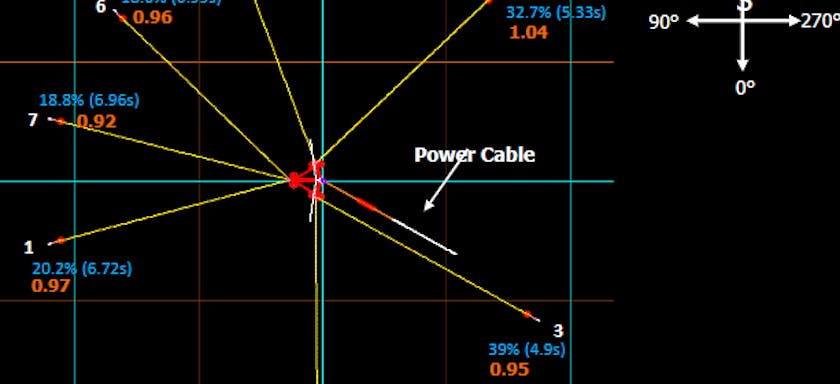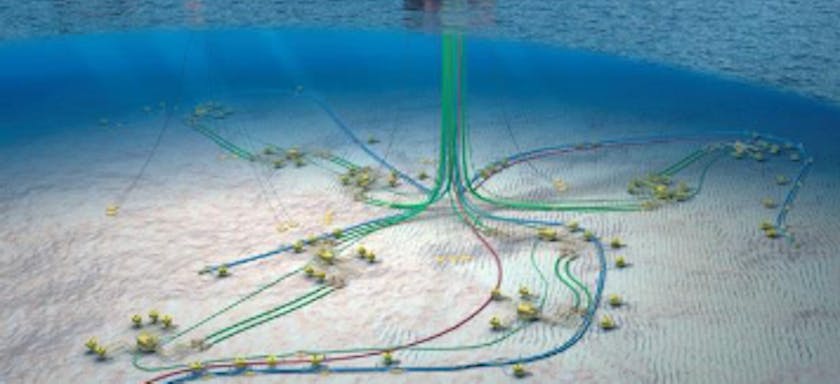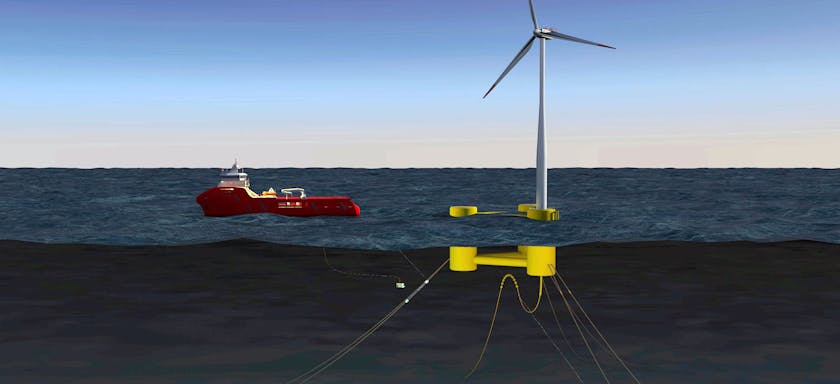Using Composite Pipe to Overcome Deepwater Riser Design Challenges
EVENT: MCEDD
1 Apr 2021
This presentation covers the following:
Challenges for deepwater risers
Introduction to composite pipe
Known benefits and limitations
Composite riser configuration options
Case Study: Deepwater Riser Application
Final remarks
Authors
Rohit Shankaran
Principal Engineer
Rohit Shankaran
Principal Engineer
Insights

Alex Rimmer
Director, UK

About
Alex is a Chartered Engineer with a first-class master’s degree in mechanical engineering from the University of Bath and has been working for 2H Offshore since 2004. Alex has significant experience in the design and analysis of drilling and production systems for deepwater and shallow water developments, most notably as lead analysis engineer for BP’s Block 31 PSVM freestanding hybrid riser design project. Alex has taken on a number of managerial roles at 2H, including technical manager of the Norwich office, where he was responsible for integrating UWG’s shallow water riser and conductor engineering team and business into 2H. He has been a director in our London office since 2011.








